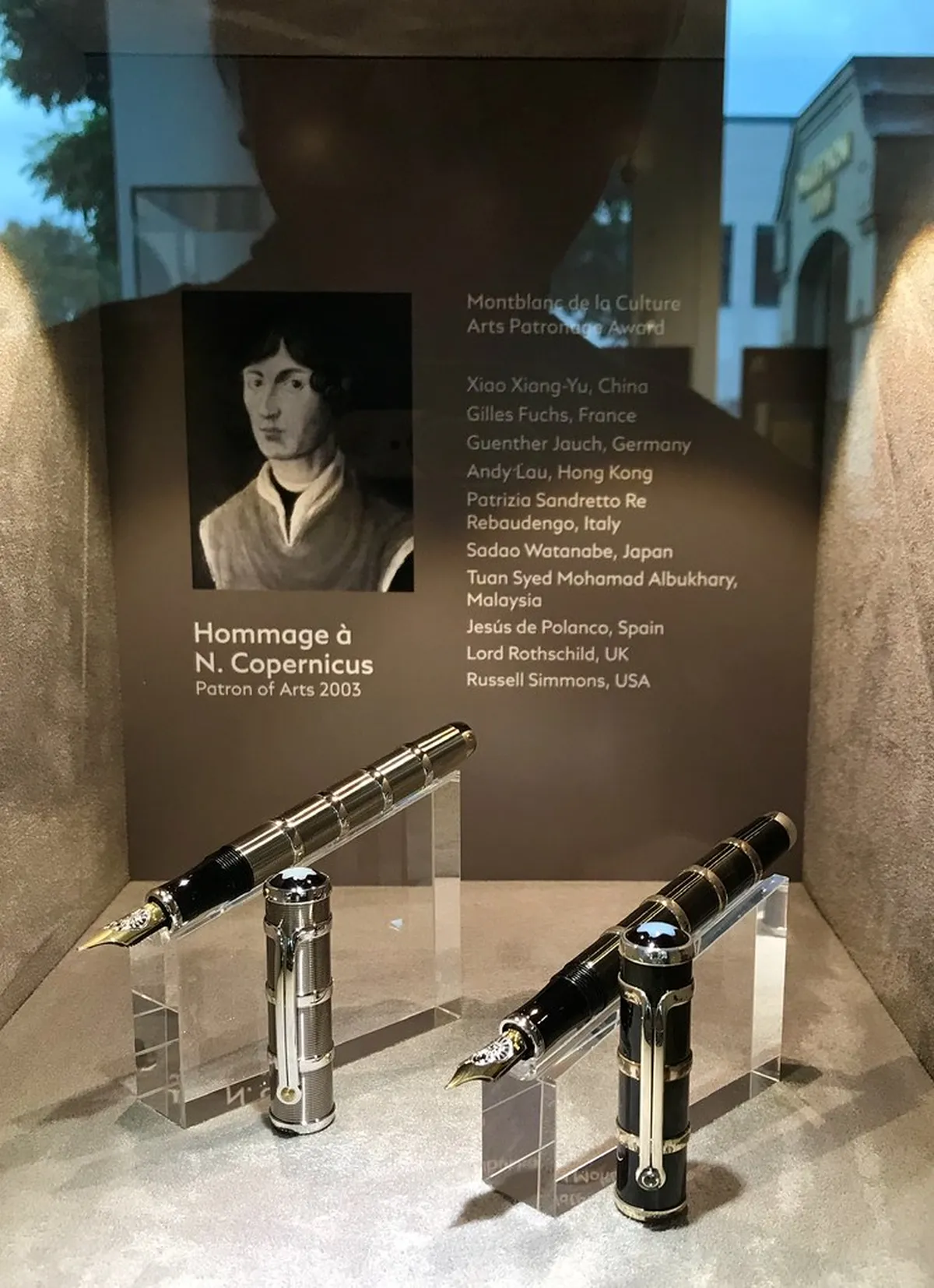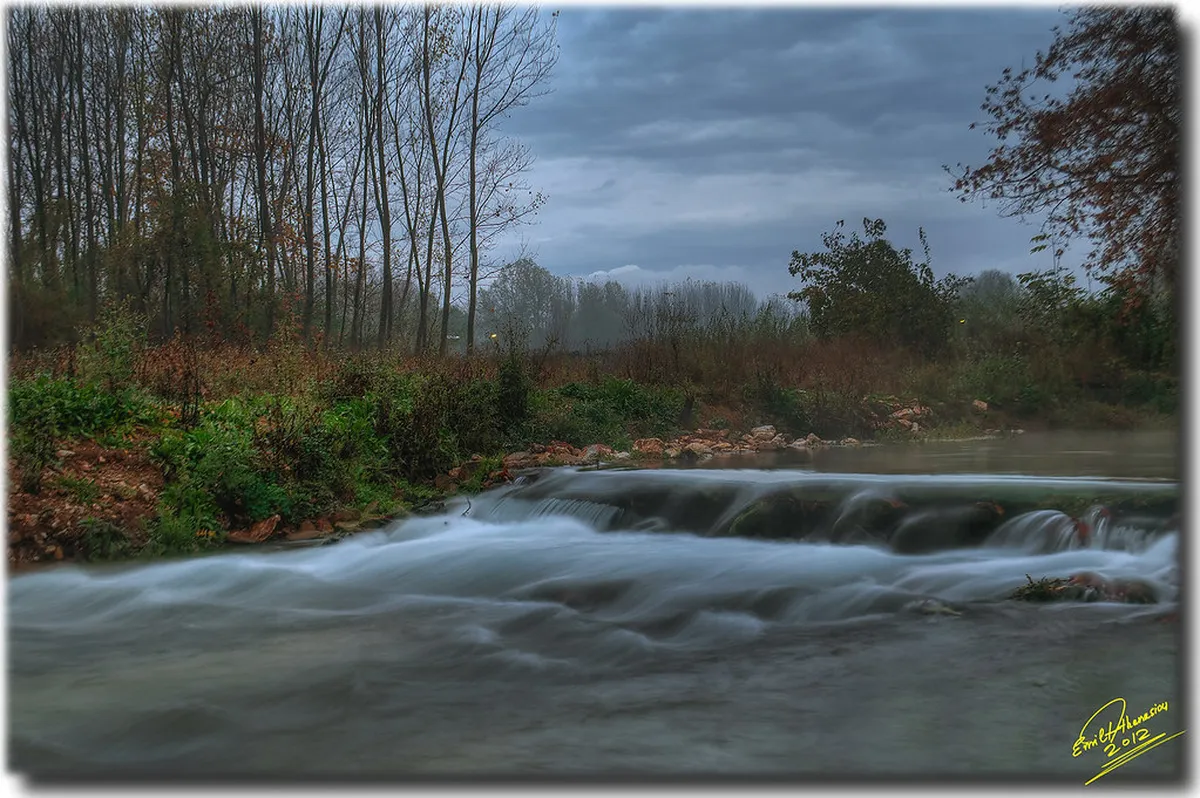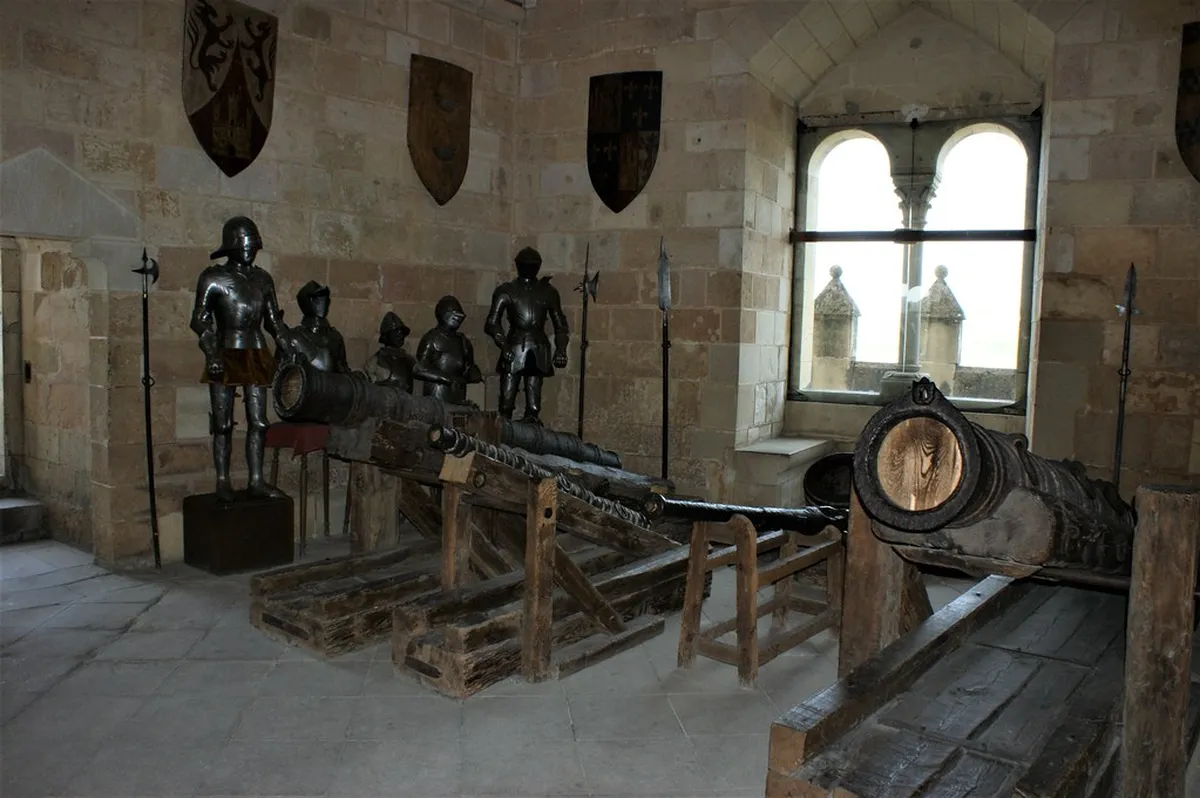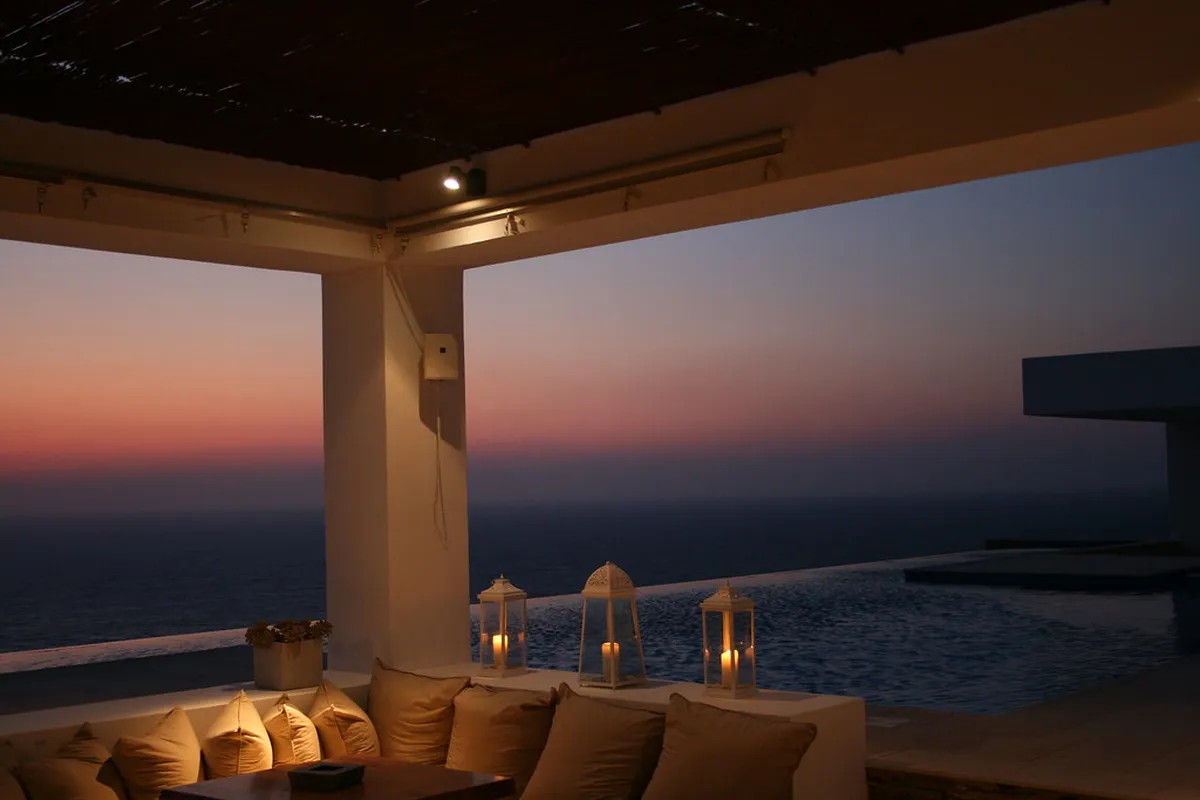Your Guide: Best Time to Visit Innsbruck in 2025
Innsbruck, nestled in the heart of the Austrian Alps, captivates visitors year-round. This charming city offers unique experiences for every season. Knowing the best time to visit Innsbruck ensures a memorable trip. Discover more Innsbruck buy ideas in Innsbruck attractions.
You can find snowy adventures or sun-drenched hikes. This guide helps you choose your ideal travel period for 2025. Explore Innsbruck's top attractions with confidence. Prepare for an unforgettable Tyrolean getaway.
Understanding Innsbruck's Seasonal Charms
Plan this trip faster with our free online itinerary maker. Get a personalized day-by-day plan in minutes.
Innsbruck truly embraces all four seasons. Each period offers distinct advantages for travelers. Your preferred activities will guide your decision. Consider weather patterns and crowd levels carefully.
High season occurs during summer and winter months. These times bring more tourists and higher prices. Shoulder seasons, like spring and fall, offer great value. They provide milder weather and fewer crowds.
Summer is perfect for outdoor enthusiasts. Winter transforms the city into a snowy wonderland. Spring welcomes blossoms and gentle hikes. Fall offers vibrant foliage and crisp air. Plan your journey around these seasonal highlights.
Summer in Innsbruck: Alpine Bliss (June-August)
Summer is a fantastic time to visit Innsbruck. Temperatures usually range from 18°C to 25°C (64-77°F). This pleasant weather makes it ideal for outdoor pursuits. The city buzzes with lively activity.
Hiking and mountain biking are popular choices. Take the Nordkette Cable Car for incredible alpine views. Enjoy stunning panoramic vistas from the top. Many events and festivals fill the summer calendar.
Expect larger crowds and higher prices for accommodation. Book your hotels and tours well in advance. We recommend securing your spot early for 2025 trips. Discover more Innsbruck summer activities to maximize your fun.
Many restaurants offer outdoor seating. Savor traditional Austrian dishes in the sunshine. Longer daylight hours allow for extended exploration. Daytime activities often last until evening. Summer is lively and full of energy.
Autumn in Innsbruck: Golden Hues (September-November)
Autumn offers a truly magical experience in Innsbruck. The weather remains mild, typically 8°C to 18°C (46-64°F). Fall colors paint the mountainsides in vibrant hues. This creates stunning photographic opportunities.
Crowds begin to thin after the summer rush. You will find better deals on flights and hotels. This makes autumn a great time for budget-conscious travelers. Enjoy a more peaceful atmosphere throughout the city.
Hiking is still excellent in early autumn. Later in the season, prepare for cooler temperatures. You might experience some early snowfall on higher peaks. Pack layers to adapt to changing conditions during your trip.
Explore the historic old town, like the Golden Roof, at your leisure. The local markets showcase seasonal produce. Many cultural events occur before the winter season. This period is perfect for serene exploration.
Winter in Innsbruck: Snowy Wonderland (December-March)
Innsbruck transforms into a winter wonderland during these months. It is a premier destination for winter sports. Temperatures usually hover around -5°C to 5°C (23-41°F). Fresh snowfall covers the surrounding peaks.
Skiing and snowboarding dominate the local scene. Nearby resorts offer slopes for all skill levels. You can also enjoy ice skating and tobogganing. The city hosts enchanting Christmas markets.
These markets create a festive and cozy atmosphere. Expect higher prices and larger crowds, especially around holidays. Booking accommodation early is crucial for December and January. Consider purchasing an Innsbruck travel pass for discounts.
Dress warmly with appropriate winter gear. Thermal layers and waterproof outerwear are essential. Many indoor attractions also provide warmth and entertainment. Enjoy a delicious hot chocolate after your snowy adventures.
Spring in Innsbruck: Awakening Beauty (April-May)
Spring brings renewed life and warmer weather to Innsbruck. Temperatures generally range from 5°C to 15°C (41-59°F). Snow begins to melt, revealing green valleys and blooming flowers. It is an excellent time to visit.
This shoulder season offers fewer tourists than summer or winter. You can explore attractions with greater ease. Enjoy lower prices on hotels and airfare. This makes spring a smart choice for many visitors.
Hiking trails start to open up at lower altitudes. Some higher trails may still have snow. Check local conditions before embarking on a trek. Carry layers as spring weather can be unpredictable.
The city's gardens and parks are particularly beautiful. Explore the Hofgarten as blossoms emerge. Enjoy outdoor cafes starting to reopen. Spring provides a wonderful blend of mild weather and tranquility. Plan your budget-friendly Innsbruck trip during this time.
Practical Tips for Planning Your 2025 Trip
Regardless of the season, good planning is key for Innsbruck. Always check weather forecasts closer to your travel date. Conditions in the mountains can change rapidly. Be prepared for variations in temperature.
Book your flights and accommodation well in advance. This is especially true during peak seasons in 2025. Popular hotels fill up quickly. Consider staying in areas like the Old Town or near the train station.
Public transport in Innsbruck is excellent. The Innsbruck Card offers free public transport. It also provides entry to many attractions. Learn about getting around Innsbruck efficiently.
Pack appropriate clothing for your chosen season. Layers are always a good idea in the Alps. Don't forget comfortable walking shoes. Check our guide on what to pack for Innsbruck. Stay hydrated and enjoy the stunning alpine environment.
Frequently Asked Questions
What is the cheapest time to visit Innsbruck for budget travel?
The cheapest times to visit Innsbruck are generally the shoulder seasons. These include late spring (April-May) and early autumn (September-October). You will find lower prices for flights and accommodations. Crowds are also much smaller during these months.
Avoiding major holidays and school breaks helps. This further reduces costs. Consider these periods for a more affordable trip. Read our Innsbruck budget travel tips for more savings.
When is Innsbruck best for skiing and winter sports?
Innsbruck is best for skiing and winter sports from December to March. This period offers reliable snowfall and prime conditions. The region boasts several world-class ski resorts. January and February usually provide the best snow.
Early December and late March can also be good. They sometimes offer fewer crowds. Book your ski passes and equipment rentals beforehand. This saves time and ensures availability. Discover Nordkette cable car tickets for easy mountain access.
Is Innsbruck very crowded during its peak tourist seasons?
Yes, Innsbruck can get quite crowded during its peak tourist seasons. These include summer (July-August) and winter (December-February). Major attractions and popular areas see significant visitor numbers. Expect longer lines and bustling streets during these times.
Booking tickets for attractions in advance is highly recommended. This helps to avoid long waits. Consider visiting popular spots early in the morning. This strategy often helps to beat the biggest crowds. For alternative options, explore Innsbruck's hidden gems.
Choosing the best time to visit Innsbruck depends on your interests. Whether you seek snowy peaks or lush green valleys, Innsbruck delivers. Each season offers unique beauty and exciting activities. Plan your 2025 adventure carefully. Need extra inspiration for Innsbruck? Check Innsbruck in Innsbruck for insider ideas.
Embrace the alpine charm and rich culture of this Austrian gem. Prepare for an unforgettable journey. Ready to plan your perfect trip? Explore our detailed Innsbruck itinerary for more ideas.
Key Takeaways
- Summer (June-August) is best for hiking and alpine activities.
- Winter (December-March) is ideal for skiing and Christmas markets.
- Shoulder seasons (Spring & Fall) offer fewer crowds and better value.
- Book accommodations and tours in advance, especially during peak times.
- Pack layers for all seasons due to mountain weather changes.



